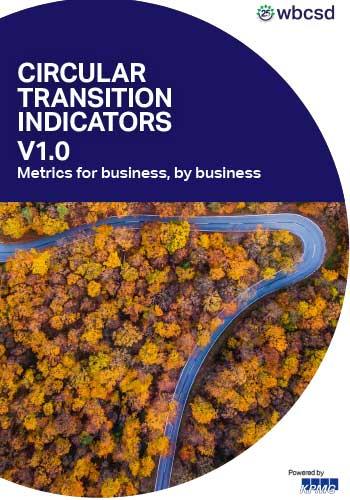The CTI starts value chain dialogues through the tool, which is crucial for quickening the shift to a circular economy. The CTI provides a structure for putting this answer together. It does not assign a grade but instead puts the firm in charge of deciding if the outcomes are consistent with its goals, putting the corporation in control of its own circular transition.
According to the Circularity Gap Report, the global economy is only 9% circular today. The Circular Transition Indicators (CTI) shaped by 26 WBCSD member companies help answer questions like:
How circular is my company?
How do we set targets for improvement?
And how do we monitor improvements resulting from our circular activities?
The CTI is easy to use, applicable across sectors and value chains, thorough yet adaptable, supportive of a company’s sustainability initiatives, and independent of material, industry, or technology. A self-assessment quantifying a company’s circular performance is at the heart of the CTI. The usefulness of the CTI for a firm goes beyond the computation in the guidance, analysis, and explanation for how circularity drives company performance, even though using standard indicators for circularity performance is crucial to expediting the transition to the circular economy.
The CTI process aids businesses in defining the scope of the assessment, preparing it, interpreting the findings, comprehending the risks and possibilities, prioritising the actions, and setting SMART targets to track progress. The CTI is internally focused, impartial, quantitative, and founded on verifiable data. This information might be kept in secret locations within the business or even with external partners in the value chain. The CTI online tool, which can be found at www.ctitool.com, was created by WBCSD in collaboration with Circular IQ to assist and direct businesses through this process.
The CTI starts value chain dialogues through the tool, which is crucial for quickening the shift to a circular economy. The CTI provides a structure for putting this answer together. It does not assign a grade but instead puts the firm in charge of deciding if the outcomes are consistent with its goals, putting the corporation in control of its own circular transition.
For more information please visit: https://www.wbcsd.org/Programs/Circular-Economy/Metrics-Measurement/Resources/Circular-Transition-Indicators-V1.0-Metrics-for-business-by-business


